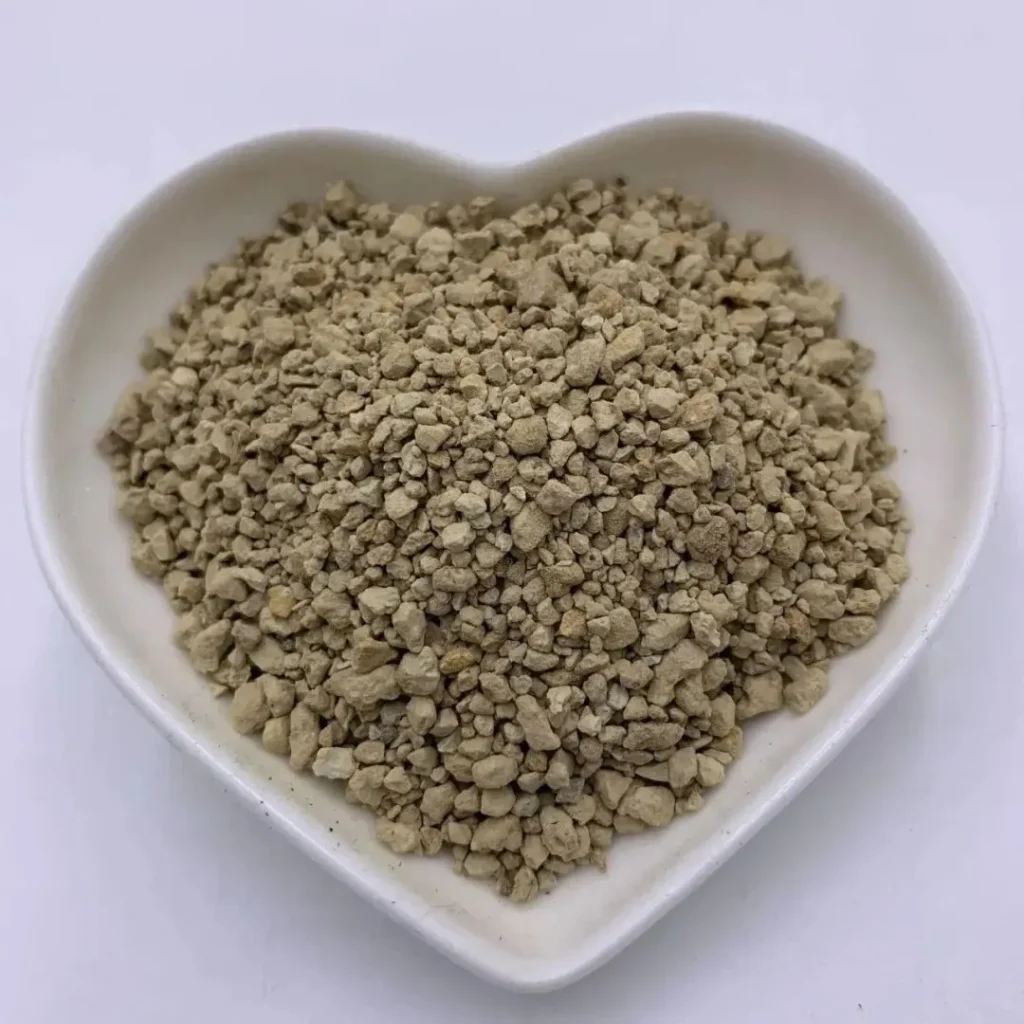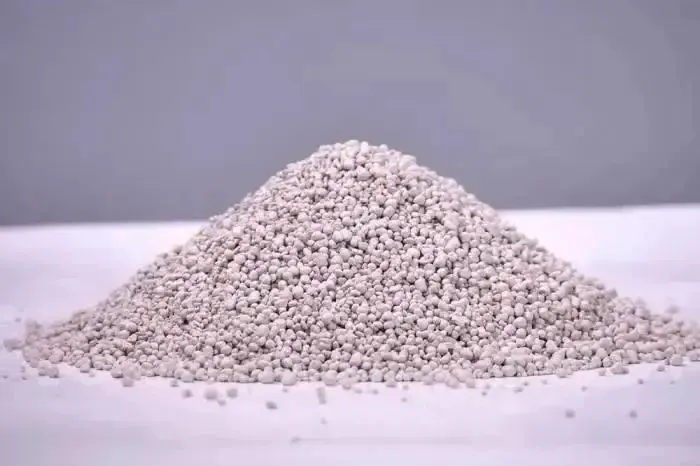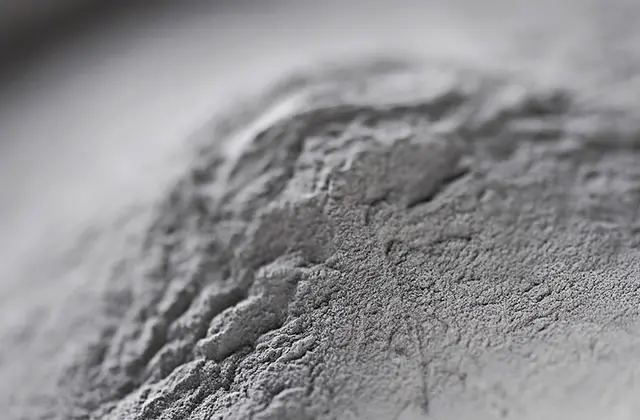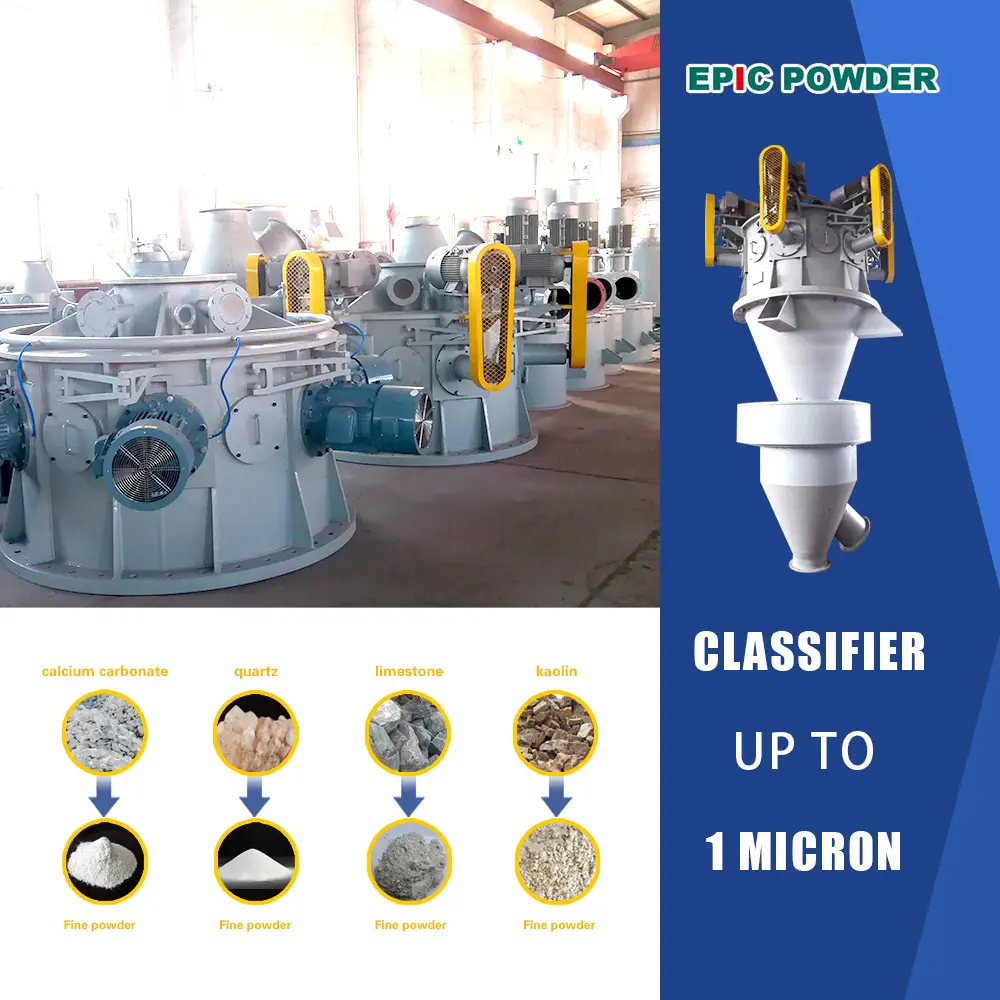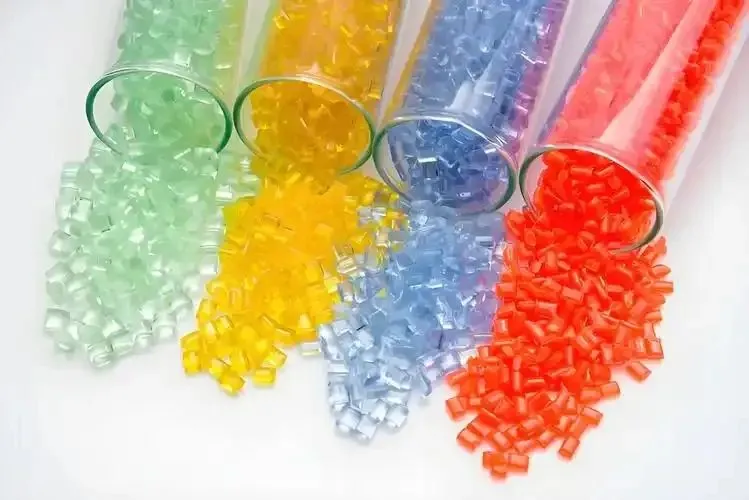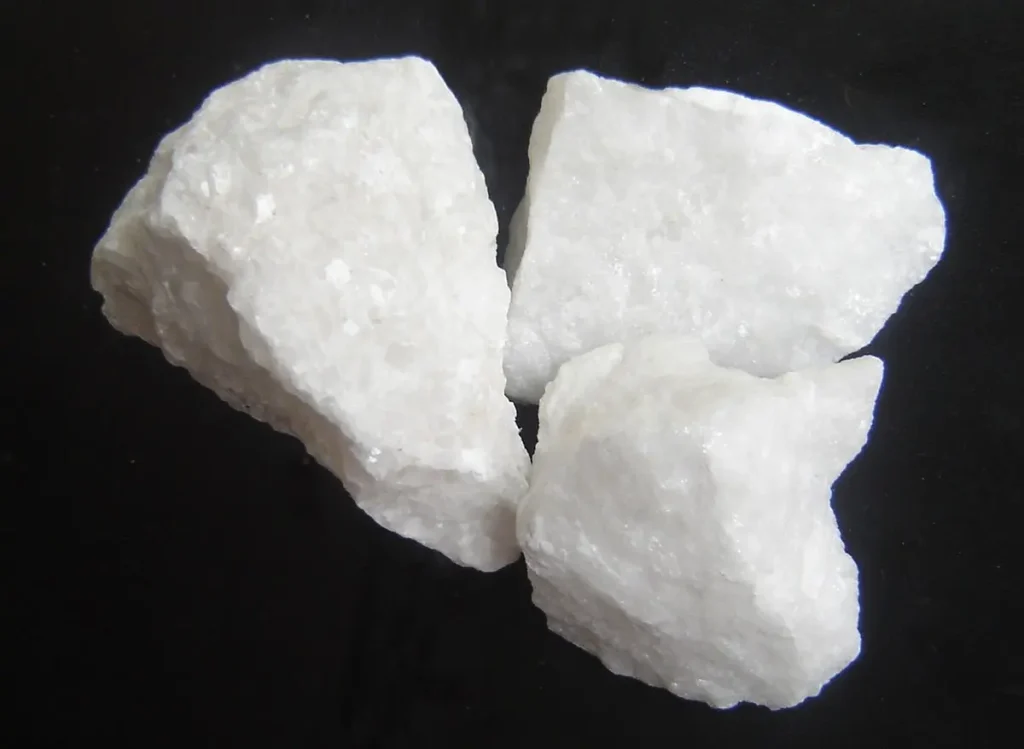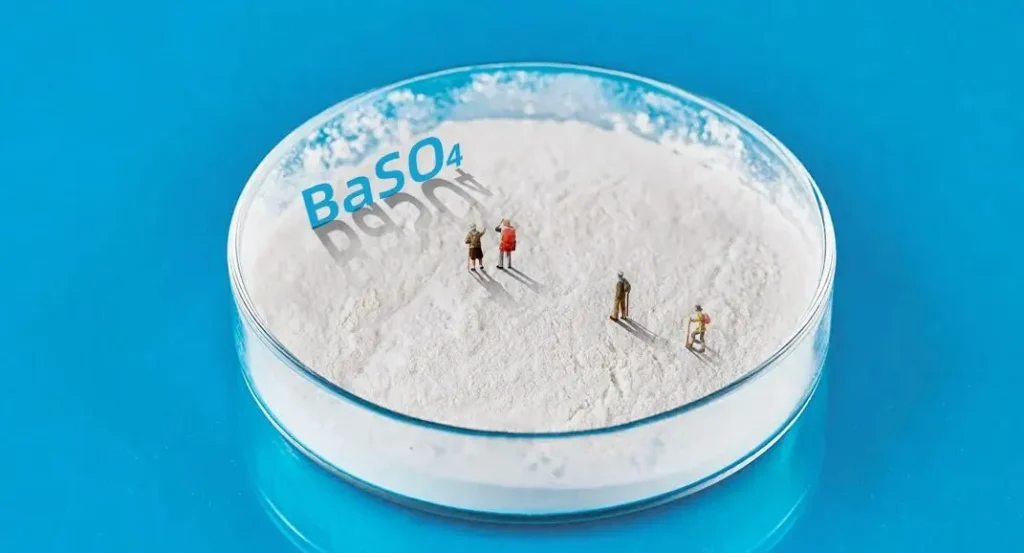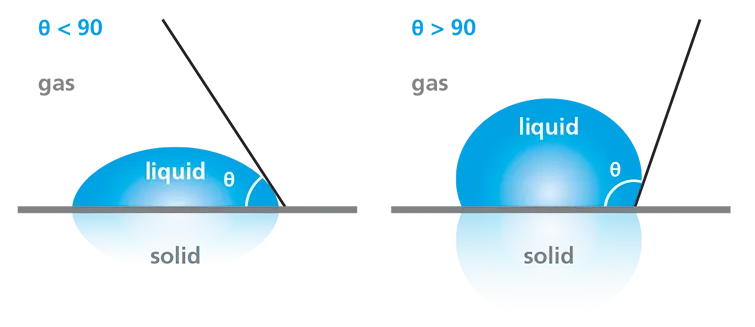Calcium Carbonate: 11 Identities in Nature
Calcium carbonate is an inorganic compound with the chemical formula CaCO₃. In nature, it takes on multiple forms, including calcite, limestone, marble, white marble, chalk, stalactites, and travertine, among others. It is also the main component of coral, shells, eggshells, and more. 1. Calcite Calcite is the most common calcium carbonate mineral in nature. It […]
Calcium Carbonate: 11 Identities in Nature Read More »


